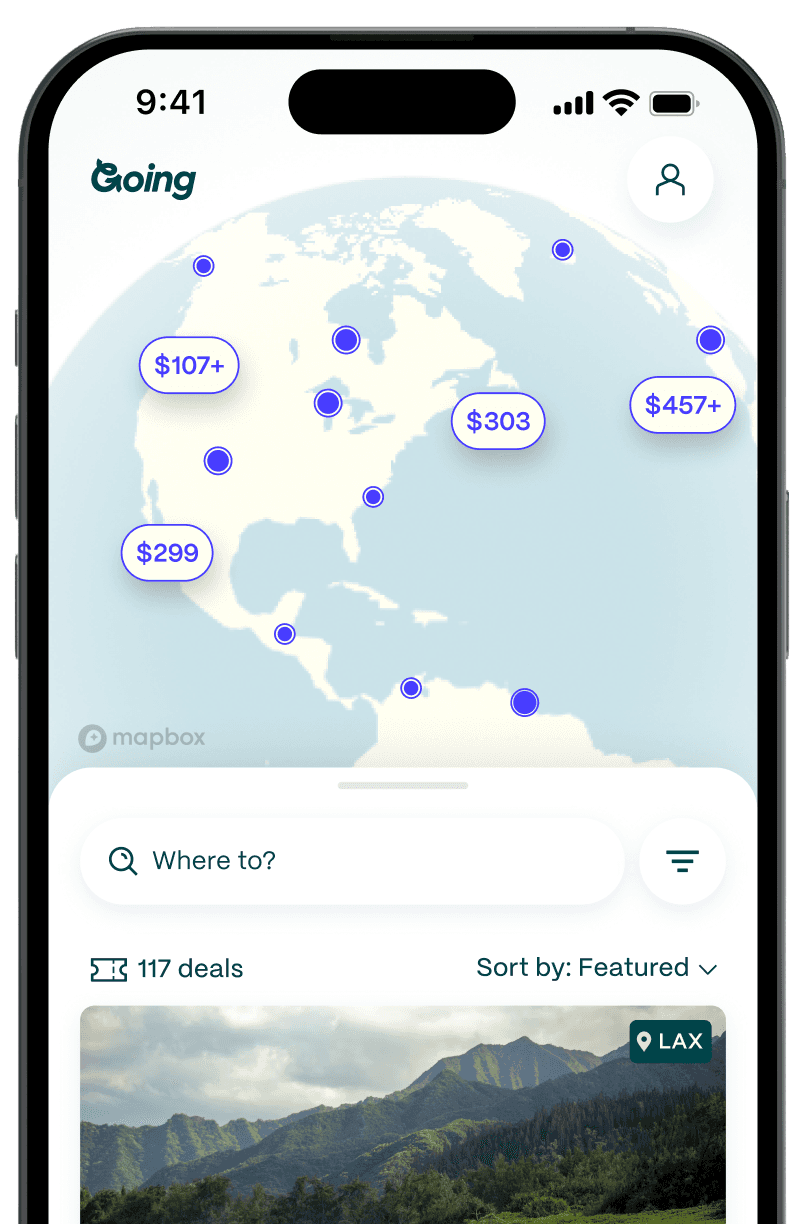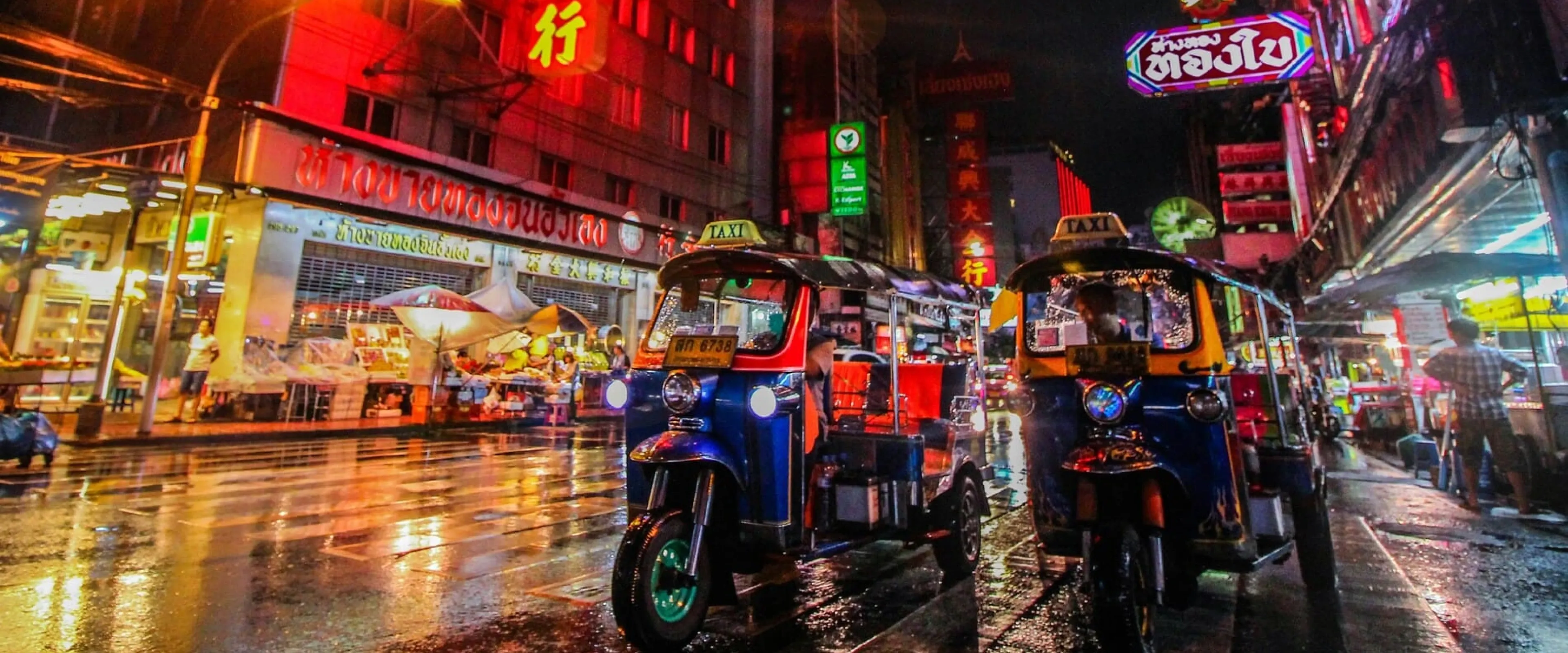
Bangkok: The Southeast Asian City With Over 300 Temples
Table of Contents
With a population of approximately 11 million, Bangkok bursts at its canalways to offer so much in and beyond its pinnacled temples, chaotic streets, and fabled hospitality. This is a city that is, at least in name, older than the country: From Ayutthaya, Thonburi, and Rattanakosin came Bangkok (or Krung Thep, to Thais) in 1782, existing in different forms over successive centuries, and from Siam came Thailand in 1939 when it was renamed by prime minister Phibun in a flight of nationalism and in pursuit of modernization.
Retaining its independence throughout historical waves of colonization, Thailand has since been caught between democracy and a series of military juntas over the past two decades. And its capital, Bangkok, remains a gleaming center of wealth, culture, and modernization in a country primarily made up of small towns and villages.
Mega-wats in a deeply spiritual city

Thailand’s syncretic mix of Theravada Buddhist, Hindu, and folk beliefs is omnipresent in everyday city life in Bangkok, from bottles of nam dang (red Fanta) at well-kept altars in each corner shop to elaborately constructed san phra phum (spirit houses) on street sides.
The city’s jewels are its gilded temples: Wat Arun, Wat Pho, Wat Phra Kaew (Emerald Buddha), Wat Saket (Golden Mount), and Wat Suthat.
For an experience that is part of many locals’ routines, check out the centrally located triad of shrines (all within the Ratchaprasong intersection and accessible via a well-trodden walkway that elevates pedestrians above the city’s unceasing traffic).

Erawan, the most prominent of the three, houses Phra Phrom (the Thai representation of the Hindu god of creation, Brahma) and often hosts Thai dance performances for those who have come to worship. For luck in business and careers, make a beeline for the nearby Ganesha; for those in pursuit of love, approach Sadasiva bearing roses.
Convenience stores and Michelin-starred street food

Thai cuisine needs little introduction, in large part thanks to the “soft power” of pad thai worldwide. Although the concept of Bangkokian street food has since shifted in the direction of food courts in the city’s numerous shopping malls (similar to Singapore’s hawker centers), variety and convenience still reign despite a government crackdown on unregulated commerce in the past decade.
The night food market at Talat Phlu still survives, as does the Michelin-starred stall of Jay Fai (whose crab omelette and pad kee mao garnered a feature in Netflix’s Street Food documentary series), as do the longstanding mom-and-pop shops that line the city’s streets. You’ll likely see at least a few locals spooning sugar (one of the staple condiments at any stall and a testament to the city’s sweet tooth) into their kuaitiao ruea (boat noodles), a dish historically served from boats on Bangkok’s canals.
Fine dining can be found in equal measure, but an unsung range of snacks can also be found at your closest convenience store (at best a 7-Eleven, but sometimes a Tops Daily or Lawson). Keep an eye out for Lay’s chips; sweet basil, shrimp tom yum hot pot, and mieng kam krob ros are some of the flavors exclusive to the Thai market.
Then, rock up to the counter to bring life to your Mama noodle cup (they’ll almost always have a hot water dispenser) and for cha thai (Ceylon black tea with condensed milk) made on the spot.
An unexpected workout, steeped in history
Thai massage, or nuad thai, is a body-contorting massage that’s more energetic than most other techniques and combines Chinese acupressure, Ayurvedic tradition, and Indian yoga to understand impact on the body and relieve ailments such as back pain, headaches, and anxiety.
Although foreign onlookers have attempted to geographically categorize nuad thai into "northern" and "southern" styles, the key difference lies in the recipient rather than the practitioner: For the royal family, nuad rajchasumnak (royal Thai massage) was developed to emphasize politeness and a reserved approach; for the general public, nuad chaleoysak (folk Thai massage) sees full use of the hands, elbows, knees, and feet.
From a mention in the Theravada Buddhist scriptures to earning a place on UNESCO’s Intangible Cultural Heritage list in 2019, the longevity of nuad thai was cemented in 1832 when, under royal decree, its teachings were etched into Wat Po, the largest monastery in Bangkok at the time.
If you’re looking for a massage in Bangkok, know that the quality of massage depends more on the individual therapist than the shop itself, but a good rule of thumb is to go where it’s busy. Otherwise, Health Land and Let’s Relax are both reliable and inexpensive chains (though you should book in advance), as well as boutique spas and those attached to hotels.
For those looking to learn nuad thai for themselves, there can be no better than its Wat Po birthplace. Now a world-renowned massage school, this is where the massage therapists at the world’s best hotels are trained. Certified by Thailand’s Ministry of Education, course lengths range from introductory (typically around five days) to in-depth (hitting the 60-hour mark or more), so gauge your interest and choose accordingly.
Slow, skillful hands in a rapidly automating city

Equally, the practice of Thai handicrafts is alive and well, in part helped by the government’s OTOP (“One Tambon One Product”) program, which in 2001 introduced now-widespread labels indicating handmade products specific to rural communities across Thailand.
Within Bangkok, the twentieth-century revival of the Thai silk industry and its inextricable links to the American businessman Jim Thompson (whose breakout moment was having his company’s silks picked out for the costumes of the 1951 Broadway musical The King and I) are memorialized at his eponymous house, but the lesser-known Phamai Baan Krua silk factory (situated just next door and accessible via footbridge) brings life to this craft, with its resident weavers at work but otherwise eager to explain the production process to visitors.
Elephant trousers are passé, by the way: For alternative souvenirs, pick up some pha khao ma (a traditional checked cloth used variously as a loincloth, head covering, and handkerchief), hand-painted benjarong porcelain (previously reserved for use by royalty) or hand-carved soaps and essential oils (coconut, kaffir lime, lemongrass, phlai, and ylang-ylang are particularly local extractions).
For postcards, trinkets, and objets d’art, the Bangkok Art & Culture Centre lets you catch the latest exhibition while perusing several floors of local craftspeople and artists selling their wares at various price points.
Sino-Thais: a shared identity
The Thai writer Sujit Wongthet once described himself as jek phon lao (Chinese mixed with Lao), dedicating an entire book of the same name to the remarkably fluid nature of modern “Thai” identity.
Thai history features a lengthy chapter of trading with China that can be traced to the 16th century when both kingdoms were considered the “great powers of Asia” by the Portuguese. Chinese presence in Thailand overall grew steadily over time (helped along during the reign of King Taksin, a half-Teochew, half-Thai monarch who encouraged Chinese immigration and trade during his reign in the late 1700s). Sino-Thais have since grown to possess influence across all levels of Thai society, becoming the largest minority group in Thailand.
Within Bangkok, Yaowarat became the city’s "Chinatown" when Bangkok became the capital in 1782, and Chinese immigrants relocated outside the city walls to clear room for the construction of the Grand Palace. Today, Yaowarat is known for being a historic commercial hub and center for the Chinese community in Bangkok, as well as one of the biggest Chinatowns globally.
The story of the neighborhood’s development and the integration of Chinese immigrants is chronicled by Bangkok’s Yaowarat Chinatown Heritage Center, a visit that doubles as a primer for further exploration of the main Yaowarat thoroughfare on foot. Faded and often confusingly double-monikered signage (Soi Phadung Dao also moonlights as Soi Texas) complements an architectural mix of Thai, Chinese, and European influences, a vestige of historic trading practices and trends.
Golden Cup balm (similar to Tiger balm), Snake Brand prickly heat powder, and more curious ointments can be procured from any of the many traditional medicine sellers. In Bangkok's eternal heat, supping on salapao (Chinese steamed buns) from the century-old Gu Long Bao stall will bolster the walker’s appetite. On the periphery of Yaowarat is Talat Noi, a young, bohemian neighborhood that holds fast to its Chinese heritage through inspired street art and is otherwise prime for café-hopping, starting with the retro Hong Sieng Kong, which is housed in six restored historic buildings and filled with Chinese antiques.
The mall, the merrier
Shopping malls are many things in Bangkok: a toilet stop, an air-conditioned respite from the unrelenting heat, or a precursor to, or a meeting point for, a day out with friends. In many respects, too, they serve as community hubs in what was once a primarily agricultural society with no easy recourse to relaxation and entertainment. A fair few are architecturally compelling, like EmQuartier (floating gardens and a five-story waterfall), Central Embassy (its 300,000 aluminum-tiled exterior produces a ripple effect), and ICONSIAM (an indoor floating market).
The usual luxury names can be found at these flashier establishments, but equal billing is granted to contemporary brands like Sretsis (worn by Katy Perry and BLACKPINK’s Lisa, their clothing is unapologetically girly and fits squarely into the “coquette aesthetic” popular on TikTok), Flynow (a staple of Thai couture, founded in 1983 and known for its avant garde leanings), Jaspal (arguably Thailand’s best-known homegrown ready-to-wear label, initially founded in 1947 as a textile import business), Greyhound (a café and clothing label that has since brought its successes to London), and BOYY (a bag brand whose flagship store is in Bangkok and has been worn by Chloë Sevigny and Sarah Jessica Parker), all of which have propelled the city’s thriving fashion and design scene.
Little Tokyo, Thailand
Drawn to a low cost of living and relaxed social mores, a Japanese expat population of almost 60,000 has given Bangkok the second-largest overseas Japanese population of any city in the world (after Los Angeles), turning its Thong Lo and Phrom Phong neighborhoods into a sprawling hub of izakayas, ramen spots, and karaoke bars replete with Japanese signage.
A stroll down Soi Sukhumvit 33/1 and its alleyways is an easy transplant to the streets of Tokyo. The variety even extends to regional cuisines, like the Hokkaido-specialising Genshiyaki nestled on Soi Sukhumvit 26, seasonally focused, multi-course kaiseki exemplified by Kappo Hisa just off Soi Sukhumvit 20, and home-style comfort food from any Ootoya branch. On quieter streets, Yunomori and Kashikiri offer public and private onsens, respectively, while the Let’s Relax chain offers a Thai take on the classic Japanese bath.
All markets, big and small

The sheer variety of markets in Bangkok is unmatched within Southeast Asia, though their origins vary. The Damnoen Saduak and Amphawa floating markets, for two, have long superseded their trading and agricultural roles in Thailand’s once vital network of rivers and canals. The presence of talat nat (markets) in Bangkok can be attributed to a 1948 government initiative to encourage local business, mandate prices, and establish marketplaces throughout Bangkok and other provinces, becoming popular haunts after school and work.
Universal to all markets is the thrill of the hunt prior to an exercise in the art of haggling. Leave your concepts of farmers’ markets at the door (though the city has those too) and block off a Saturday for Bangkok’s crown jewel, Chatuchak, to shimmy through its nooks and crannies of the biggest market in the country and, depending on your shopping list and any unvoiced desires, potentially leaving with anything from furniture, plants, silver, and vinyl records to a new pet.
The heat tends to discourage any shopping after noon, though, so give yourself time to locate the Coco JJ stall for their ever-satisfying scoop of coconut ice cream. Alternatively, emerge from your hotel room at night and head for the cornucopia of vintage wares and antiques found at talat rotfai (railway market) in Srinakarin, just outside the city, held Thursday through Sunday.
Good to know
Is Bangkok expensive?
Though comparatively more expensive than any other part of Thailand, Bangkok still offers excellent value for money. A variety of budgets can be catered for, ranging from the barebones backpacker to the luxury traveler desiring all the bells and whistles (these being especially evident throughout Thailand, where hospitality is king).
Bring cash to markets and when paying for road transport, but digital payments have become very common (though unavailable to tourists, QR payments have taken the city by storm).
Best time to visit Bangkok
April is ideal if you’re looking to experience the Songkran (Thai New Year) celebrations. Expect many other tourists looking to do the same, however, and prices reflect this.
Otherwise, avoid the sweltering heat and the monsoon season (July to October) and opt to visit during the cooler months of November through February.
What languages are spoken in Bangkok?
The main language is Thai. Bangkok is highly accustomed to tourists, and many centrally located stall vendors will understand at least a little English. However, learning a little Thai goes a long way—enough to order your own food at the nearby stall—and will be appreciated by most locals.
Bangkok with kids
When a loop of the shopping mall isn’t enough, BOUNCE, an indoor trampoline park with multiple branches across Bangkok, promises sessions to exhaust parents and children alike. Near Suvarnabhumi Airport, there is the Sky Lane, a 23km outdoor cycling track as well as a dedicated bike park for children, both of which can be used as long as visitors bring or rent their own bikes and helmets.
Further afield in Samut Prakan, Ancient Siam is a self-styled open air museum encompassing over 100 replicas of historic Thai monuments and buildings as well as fantasy structures, with some true to scale and others miniature. Nearby, there is also the Erawan Museum which features a giant three-headed elephant (and will allow you to enter said elephant).
Go wild at any of the sprawling Kinokuniya bookstore branches (they all have substantial manga sections), take the free ferry to ICONSIAM and Asiatique, or commandeer a swan paddle boat across the lake in Lumphini Park.
Otherwise, it’s not too difficult to steer clear of the city’s red light districts (Patpong, Soi Cowboy, and Nana Plaza): they are well signposted, after all.
Bangkok public transportation
The BTS Skytrain and MRT underground systems are air-conditioned and well-connected, meshing well with most of the city’s attractions. Road transport would typically be used after the fact to access a certain soi (side street). A note: avoid sitting next to monks on public transportation.
Motosai (motorbikes) are a popular mode of road transport, but accidents are all too common (and the numbers are well documented). Remember, you can always opt for a taxi (or the one-off tuk-tuk, for the experience) instead.
When using taxis, opt for those that display and use their meters. More recently, there have been egregious price increases or attempts to haggle over what should be determined by the meter, often near touristy areas, so download the Grab taxi app and compare prices.
Be conscious as a pedestrian; in practice, Bangkok’s zebra crossings don’t often function as they should. Cross with other pedestrians where possible.
Is Bangkok safe?
Thailand ranks #92 out of 163 countries in the Global Peace Index. Exercise healthy vigilance as you would when visiting any other new place (for example, keeping your personal belongings near you in crowded or more touristy areas).
There have been religious clashes in the past, but these have been more or less localized to the country’s south, near its border with Malaysia.
Soi (street) dogs are more of a problem at night on quieter, residential streets and much less so in the center, where tourists are far more likely to gather. If you do happen to encounter one, the best approach is simply to pretend that it doesn’t exist and continue on (or find an alternative route).
It’s generally a good rule not to discuss politics. This is especially true in Thailand, and similarly and especially extends to the royal family due to the country’s longtime strict enforcement of lèse-majesté: a not-too-distant reality was universal adherence to standing for the national anthem at certain hours in public places and before the start of all cinema screenings.
While Thailand is the first country in Asia to decriminalize cannabis, this doesn’t mean you can light up in public — this is, in fact, illegal! Check Highthailand for a full rundown
As for LGBTQ+ travelers, while Thai society can be described as broadly conservative, individual attitudes tend to be tolerant. Silom Soi 2 and 4 encompass Bangkok’s gay club scene, attracting locals and travelers alike. Kathoeys form a unique subset of gender identity in Thailand, though be wary of applying Western concepts of gender here.
Getting to Bangkok
- Main airport: BKK
- Average Going deal price: $592 roundtrip
Written by local expert: Nadya Oppenheim
Nadya Oppenheim is a freelance writer and journalist who grew up between Oxfordshire, Bangkok, Valencia, and New York City. Her work has been published by the Financial Times and Bloomberg Philanthropies.
What to see, do, and eat in Bangkok from Going
Top 10 things to do in Bangkok
- Visit the iconic floating markets of Bangkok’s canals – our pick is Amphawa Floating Market.
- Enjoy a jog or peaceful stroll through Lumphini Park.
- Take a daring stroll down Khao San Road.
- Explore the grandeur of the Grand Palace.
- Flex your shopping muscles through the endless stalls of Chatuchak Market.
- Check out the enviable architecture of the Jim Thompson House Museum.
- Take your time on a visit to Wat Arun and Wat Pho (the latter is where you’ll find the reclining Buddha statue).
- Get lost in the enthralling maze that is Bangkok’s Chinatown – check out the Sampeng Market there.
- Experience olfactory overload (in a good way) at the 24-hour Pak Khlong Talat flower market.
- Make it a fight night by checking out the classic Thai martial arts known as Muay Thai.
Local picks for top attractions and activities in Bangkok
- Shop like the local kids at Siam Square One, full of small boutiques, ice cream cafes, and an outdoor section with many booths selling jewelry.
- Enjoy a day at the Sampran Riverside on the west side, an eco-cultural resort and farm with many activities to fill up your weekend.
- Get out on the water at the Nongbon Water Sports Center, which offers gear for sailing, windsurfing, and kayaking, along with free instructional sessions daily.
- Take a timeout at Bangkrachao Park, known as Bangkok’s green lung, where you can rent a bicycle for the day and ride through the jungle-like bike paths.
- Hit up the Ratchada Train Night Market for a fun date night in an energetic atmosphere – and be sure to go to the top of the parking garage at the Esplanade Mall to see the market from above.
- Get in on the annual water fight that takes place during the Thai new year festival.
- Get a refreshing, no-frills massage – Baan Thai Massage in Ratchathewi is a good option.
- Reach new heights at the Sathorn Unique Tower, a construction project thwarted and abandoned following the 1997 Asian financial crisis, that is open for visitors to climb to the (very high) top.
- Check out a uniquely entertaining Thai puppet show.
- Chow down on Durian, a strange fruit that people absolutely love – or hate.
What to eat and drink in Bangkok
If you’re a big fan of the Thai food that’s on offer in your city or town, you’ll certainly have an appetite for what awaits you in Thailand – in fact, you may be blown away by the execution of the dishes at both high- and lowbrow establishments. You’ll also be in awe of the variety, which spans far beyond the papaya salad and green curry you’re used to. An unfussy yet filling breakfast or lunch will easily cost less than $3, and you could eat like royalty all day long and spend less than $20. The same goes for alcohol (though you may not have room for any drinks after these meals).
- Crab and Claw has sustainably sourced, fresh seafood—and the dish to try is the lobster roll (or the combo roll).
- Rung Ruang is a street-side noodle stall in Soi 26 and boasts one of the best pork noodle bowls in town, and it’s not uncommon to order two different bowls at once.
- Vietnamese and More has all the classic dishes you crave when you’re in the mood for Viet, like pho, Báhn mì, pate, and morning glory salad.
- Cocotte is a Michelin-recommended restaurant and winery that offers up European-style dishes like steak, bone marrow, and an extensive selection of desserts (but the star of the show is the Australian Tomahawk Wagyu).
- Nadimos is a satisfying Mediterranean spot with fantastic hummuses.
- Roast stands out for its quality ingredients, brunch menu, and fabulous coffee, but it’s great any time of day for pasta dishes and seafood.
- Jua is a tiny restaurant in Caroenkrung located down a small alley serving unique dishes like uni pasta and handcrafted cocktails; try it for a date night or late-night bite.
- Teppen is a popular izakaya spot with character—staff will loudly greet you as you enter, and there isn't a bad dish on the menu.
- Above Eleven is primarily a Peruvian Japanese restaurant located in the Nana neighborhood whose menu contains a variety of delicious and creative dishes, but don’t overlook this as a good spot for cocktails.
- Abar is a fantastic bar for low-key vibes and large lounge tables, with a perfect view of downtown Bangkok and small bites like chips and nuts.
Where to stay in Bangkok
Ask any underpaid recent college grad and they’ll tell you Bangkok’s got affordable accommodations that can make even those with the tiniest budgets feel right at home. The US dollar goes far here – so whether your maximum spend is below $25/night or you’re looking for something luxe ($75-$300/night), you’ll find plenty of options that are safe, clean, and stylish.
Top Bangkok neighborhoods for visitors
Khao San Road and the surrounding Banglamphu is unbelievably popular for tourists, but we prefer the Riverside for a posh option (hello, rooftop infinity pools) and Sukhumvit for cheaper accommodations that are still close to plenty of attractions.
Recommended hotels in Bangkok
- Pullman Bangkok Hotel G (~$35/night)
- Avani+ Riverside Bangkok Resort (~$45/night
- 137 Pillars (~$120/night)
- Anantara Riverside Bangkok Resort (~$130/night)
Getting around in Bangkok
Public transportation options in Bangkok
Taxis are the preferred mode of transportation in Bangkok, with tuk-tuks coming in second for a couple of reasons: First, they’re not the safest cars on the road; they’re not actually even cars. Two, they tend to only service the most touristy parts of town. Taxis, on the other hand, are inexpensive and more or less reliable – just be sure your driver turns on their meter and that it doesn’t rack up at warp speed, or agree on a flat rate with your driver before you go anywhere. Solo female travelers should avoid traveling alone in taxis at night.
Bangkok airports
Bangkok is home to two major international airports.
Suvarnabhumi Airport (BKK), also called simply Bangkok Airport, is the largest in Thailand and one of the largest in Southeast Asia. Located about 20 miles from the city, it’s a hub for Thai Airways, Thai Smile, Bangkok Airways, and Thai Viajet Air, as well as a focus city for China Southern Airlines, Thai AirAsia, and EVA Air.
Prior to when Suvarnabhumi Airport opened, the main airport in Bangkok was Don Mueang International Airport (DMK). It’s now the city’s second international airport, located about 15 miles from Bangkok, and is served by a large number of low-cost airlines. In fact, it’s the largest low-cost carrier airport in the world. DMK is a focus city for Thai AirAsia, Nok Air, and Thai Lion Air.
How to get from Suvarnabhumi Airport (BKK) to Bangkok
The easiest way to get from BKK into Bangkok is via the Airport Rail Link (ARL). Trains leave the airport roughly every 15 minutes during most of the day and the trip takes less than a half-hour. Ticket prices range from 15–45 THB, depending on where you’re going in the city. There are also metered taxis available at the airport to take you directly to your Bangkok hotel. Note that there’s an added fee of 50–70 THB for taxi trips from the airport to the city, plus the actual metered fare and any tolls.
How to get from Don Mueang International Airport (DMK) to Bangkok
The Airport Rail Link that serves BKK does not run to DMK, but there are still a few inexpensive options to get from Don Mueang International Airport into Bangkok. Bus lines A1 and A4 connect DMK to central Bangkok, with fares ranging from 10-150 THB and trips taking about an hour. The state rail network makes the trip from DMK to Bangkok in 40-50 minutes and ticket prices start at 40 THB. There are metered taxis available at the airport, too. Taxi fares vary by destination and traffic, but you can expect fares in the 300 THB range and up.
Where else to go from Bangkok
Day trips from Bangkok
- Visit Khao Yai National Park (hire a car to get you there; it’s about 1.75 hours away) near the Cambodian border, full of awe-inspiring waterfalls and easy hikes (be sure to stop at the Khao Yai Vineyard afterwards if you have time).
- Hire a car to take you and your group 1 hour north to Ayutthaya, a UNESCO World Heritage Site made up of dozens of ancient temples unlike anything you’ve seen in Bangkok.
- Hire a car to take you 1.25 hours east of Bangkok to Wat Saman Rattanaram, home of the reclining Ganesh statues. Here, you’ll learn about the history of the Buddhist faith in Thailand and be awestruck by the likeness of Ganesh.
- Trek down to Pattaya City (a 3.5-hour train ride or 1.75-hour car ride), where you’ll find one of Bangkok locals’ favorite beaches – Jomtien – along with a charming town full of bars and restaurants, as well as several hotels, should you decide to stay a night (a word of warning: this place is extremely popular).
- Visit Kanchanaburi, home of the world-famous Bridge on the River Kwai, which was occupied by Japanese forces during WWII (1.75 hours northwest of Bangkok).
Where else to Visit from Bangkok
- Take a 1-hour flight to Chiang Mai, Thailand’s second-largest city, but a far cry from what you’ve seen in Bangkok – Chiang Mai is a calm, relaxed destination full of rolling green hills; it’s a great place to learn more about Thailand’s cuisine by taking a cooking class.
- Fly 2.25 hours south of Bangkok to explore the sprawling, overwhelming, intoxicating city of Singapore, truly a feast for all the senses.
- Fly 1 hour south to Koh Samui and Koh Lanta, gorgeous islands in the Gulf of Thailand, to post up on for a week or more.
- Fly 3.25 hours to Manila, the capital of the Philippines, an enthralling mashup of skyscrapers, art galleries, restaurants, magnificent coffee, and an excellent nightlife scene.
Books, movies, and tv shows set in Bangkok
Bangkok has made appearances in several shows and movies. It has served as the place for a wild party with friends in The Hangover II, the gritty backdrop to a revenge tale in Only God Forgives, and the site of a murder that kicks off an international mystery in HBO’s The Flight Attendant.
Bond films The Man With the Golden Gun and Tomorrow Never Dies both feature Bangkok scenes, though the first is better known for its Phuket scenery and the latter uses Bangkok as a stand-in for Saigon. The city was also used for the Saigon scenes in Good Morning Vietnam.
Khao San Road appears briefly in The Beach, one of the best-known films shot in Thailand (and that was a book before it was turned into a movie), and Bangkok’s red light district was one of the shooting areas for Bridget Jones: The Edge of Reason.
Bangkok’s sex industry takes center stage in the love story, Private Dancer, by Stephen Leather. Lawrence Osborne’s The Glass Kingdom and John Burdett’s Bangkok 8 are both thrillers set in the city, and Thai author Prabda Yoon’s short story collection, The Sad Part Was, features several pieces about modern Bangkok life.
Previous cheap flights we've found to Bangkok:
- Seattle to Bangkok for $684 roundtrip
- San Francisco to Bangkok for $496 roundtrip
- Tampa to Bangkok for $1,298 roundtrip in premium economy
Read more:
Last updated June 2, 2025
Articles you might like
View All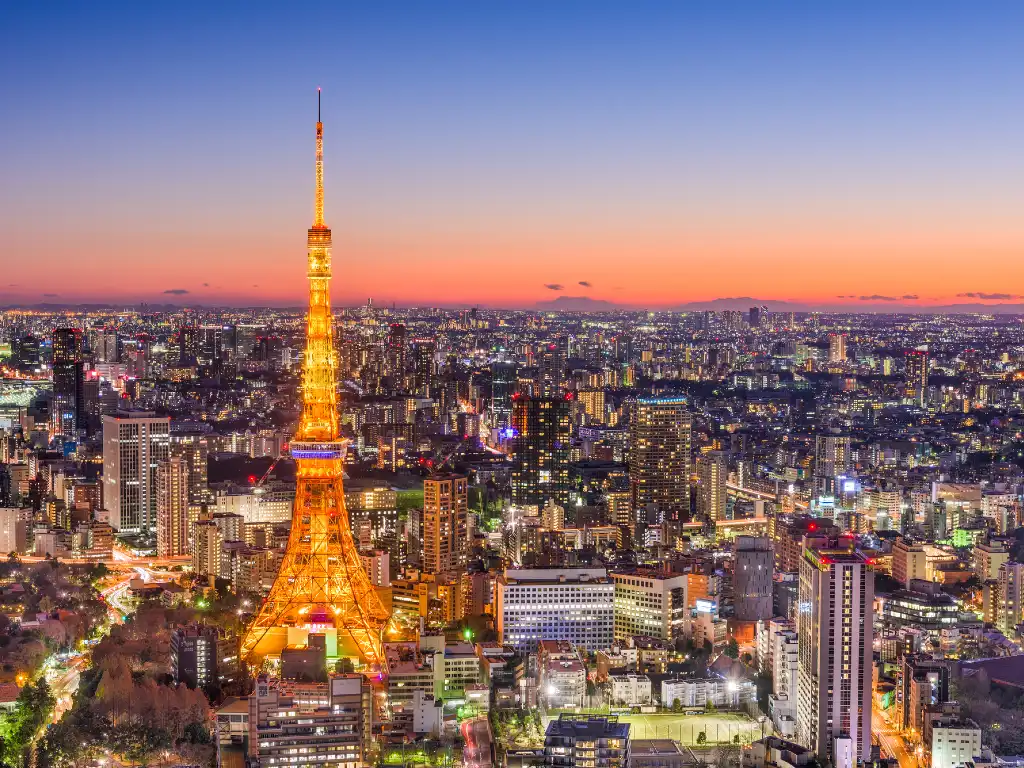
Where to Stay in Tokyo: The Best Neighborhoods and Hotels in 2026
Dec 19, 2025
12 min read
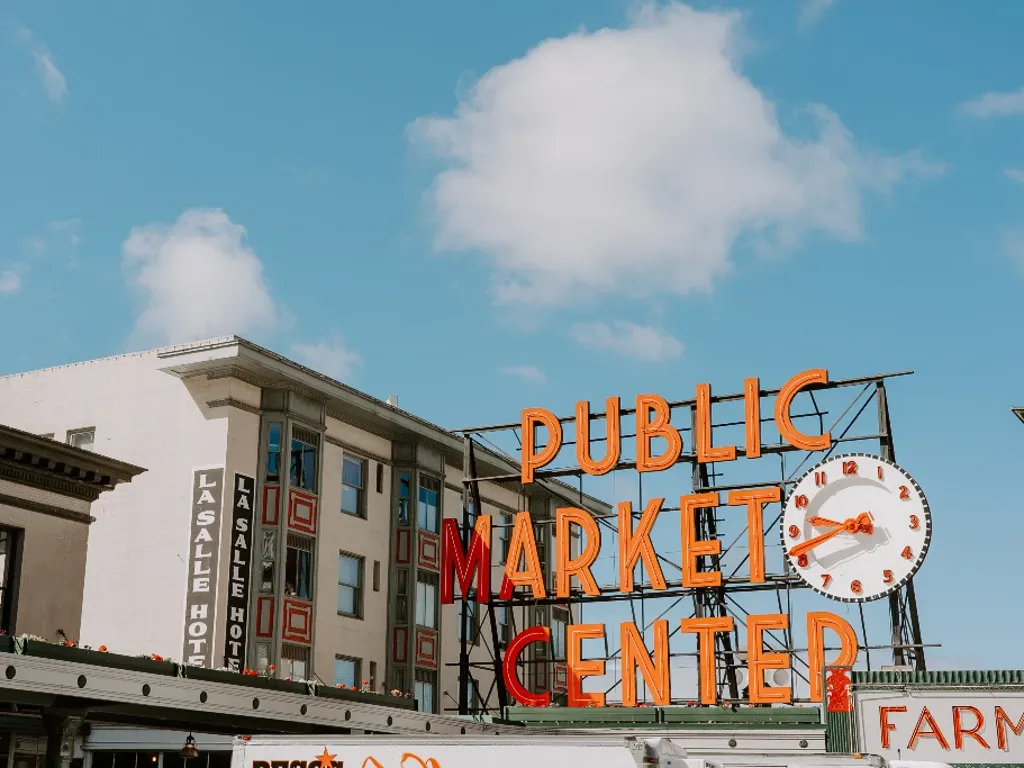
Where To Stay in Seattle: Best Neighborhoods and Hotels for 2026
Dec 19, 2025
10 min read
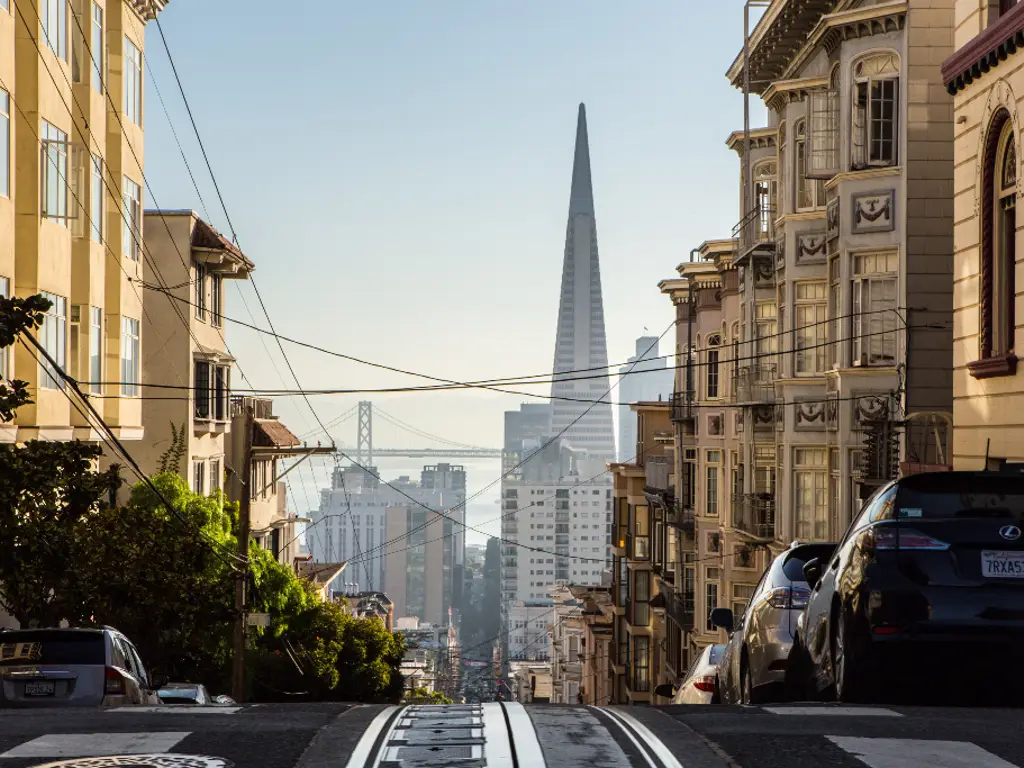
Where To Stay in San Francisco: Best Neighborhoods and Hotels for 2026
Dec 19, 2025
17 min read



